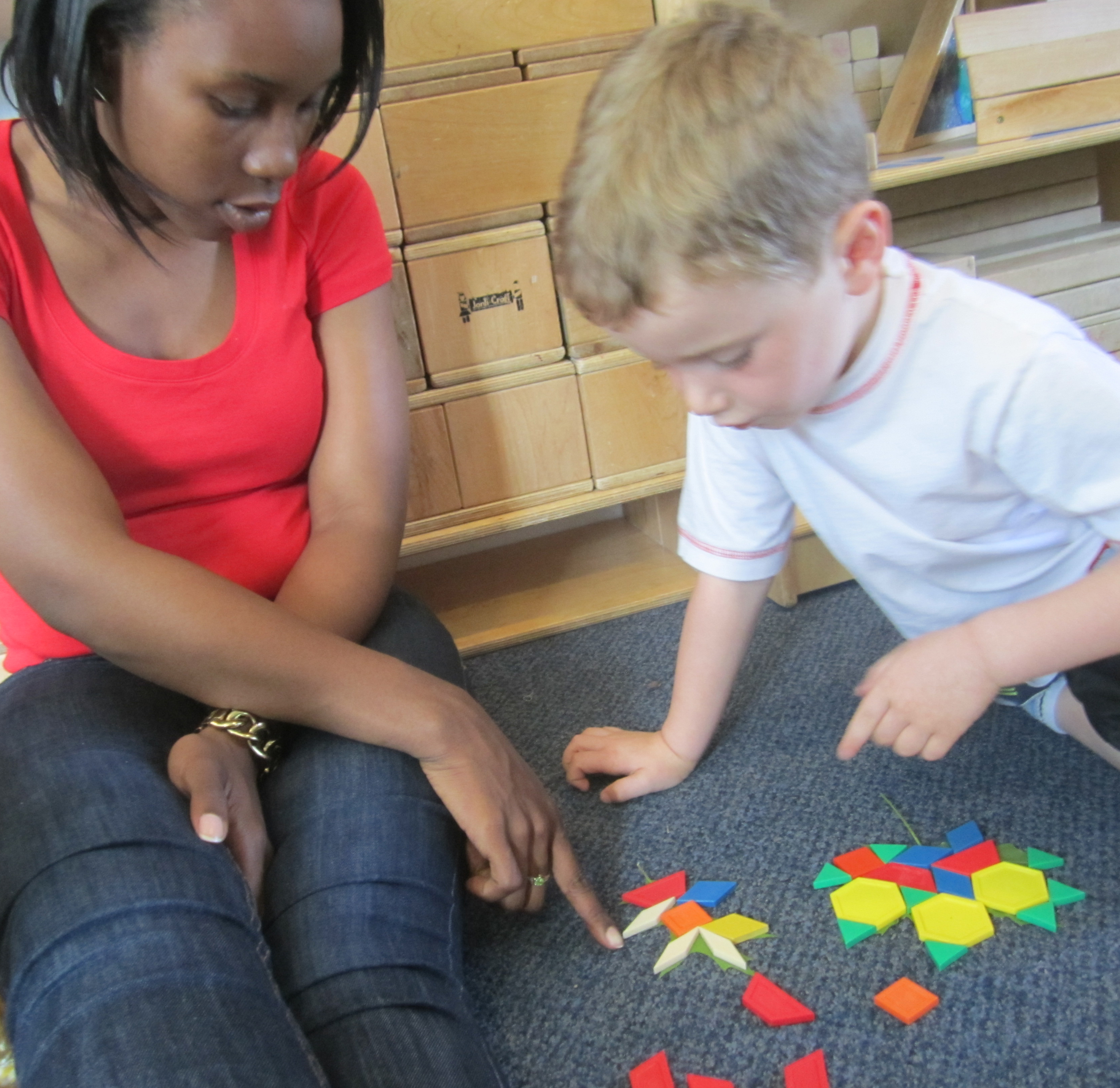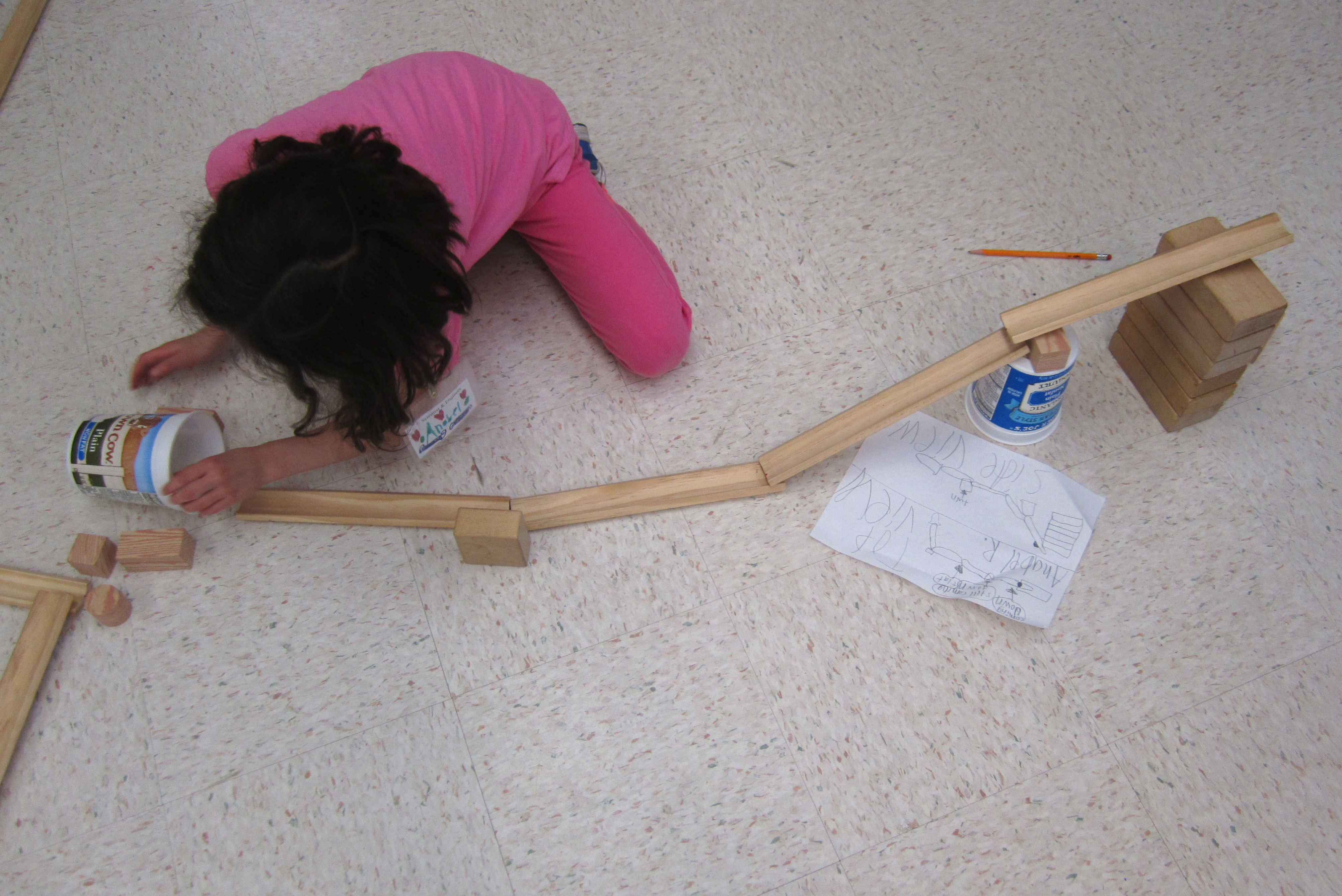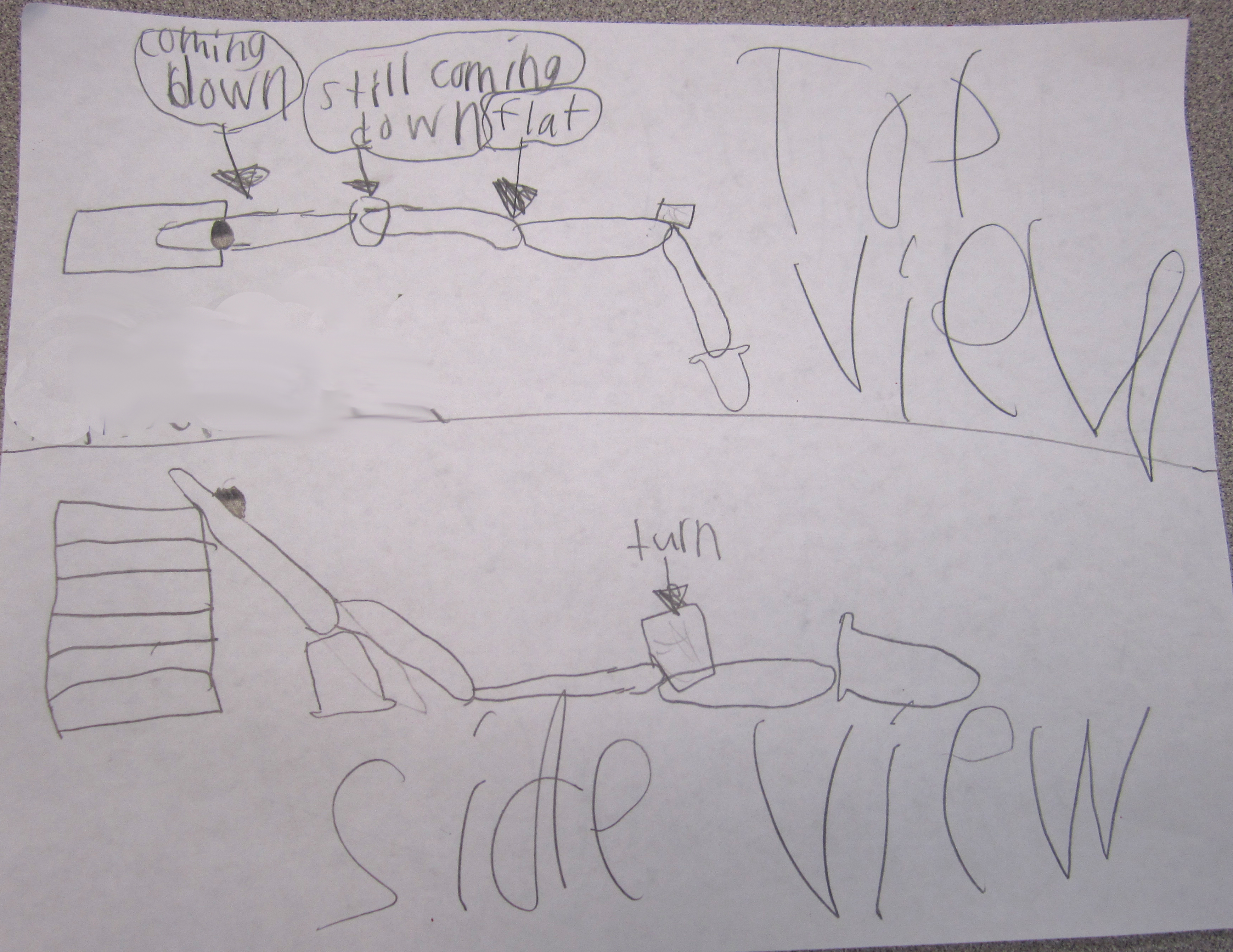Early childhood science education gets a boost up from NAEYC’s endorsement of the NSTA position statement
By Peggy Ashbrook
Posted on 2014-05-18
The National Association for the Education of Young Children (NAEYC) has endorsed the National Science Teachers Association’s (NSTA) new position statement on Early Childhood Science Education. Thank you to all the individuals who brought these two professional organizations together to promote excellence in teaching science in early childhood! To get a deeper understanding of how the position statement can benefit your teaching, listen to the Lab Out Loud! podcast interview with early childhood educator and researcher Karen Worth, and read Cindy Hoisington’s column in the online Young Children, “On Our Minds: Promoting Teaching About Science in the Early Years.”

The column begins with a peek into the thoughts of a preschool teacher and goes on to describe the development of the NSTA position statement. Hoisington writes, “The statement also incorporates an appreciation for the unique developmental characteristics and needs of young children. The statement emphasizes that children need frequent and varied opportunities to engage in exploration and discovery and that they develop an understanding of concepts through experiential learning that occurs over long periods of time and in home, classroom, and community settings. At the same time, the statement invites teachers to reflect on how they might extend the science activities they currently do to include more opportunities for exploration and discovery.”
Join the NAEYC’S Early Childhood Science Interest Forum (ECSIF), communicate with others on the ECSIF Facebook page and read more on the ECSIF blog.
To participate (or lurk) in another early childhood science education online community, register for the NSTA Learning Center and read/post/reply to the posts on the Early Childhood public forum. Helpful comments share resources and questions. For a supportive early childhood science education community, join NSTA and sign up for the early childhood email listserv at http://www.nsta.org/membership/listserver.aspx
Since I’m urging you to share your practice with other early childhood teachers, it’s only fair that I do the same. In the past month I’ve worked with teachers and children to examine and make observations of the common dandelion plants; make observations of leaf shapes; helped children plant seeds and watched pharmacists explain how drinking a liquid with pills will help the pills dissolve (USA Festival of Science & Engineering); and worked with second-graders as they designed, built and tested moving objects on ramp structures. Very satisfying work!
Disclaimer: The views expressed in this blog post are those of the author(s) and do not necessarily reflect the official position of the National Science Teaching Association (NSTA).








